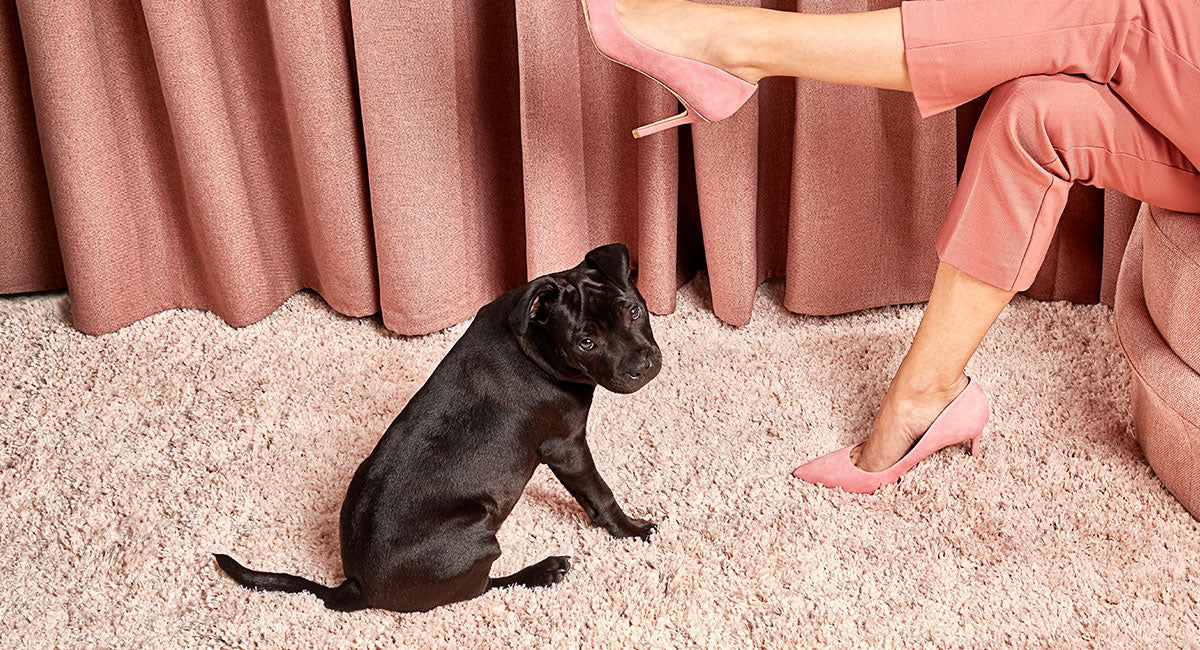Talk to a
vet now

Free shipping for Australian orders over $120
Free shipping for AU orders over $120
Please select your store


For dogs, the world of wee is so much more than many of us realise. In fact, dog urine carries a dog’s individual scent which they’ll use as a method of communication. Unfortunately, it’s less than ideal when your dog decides to start a conversation on your favourite rug.
The key to success is repetition and setting them up for success. This means giving your dog every chance to wee in the right place, and being ready to reward them instantly. The more opportunities they have to succeed, the quicker they’ll learn.
When it comes to toilet training, dogs need their designated toilet spot but it’s up to us to show them. If they’re repeatedly making indoor accidents it’s likely because the odour wasn’t effectively removed, instead acting as a marker for your dog. Never fear - with patience, encouragement and a keen eye, you’ll overcome this piddly stage in a whiz.
Stick to a regular routine to reinforce patterns and set your dog up to win.
For puppies, a good idea is to set an hourly alarm as a reminder to take them out: the aim is to get them outside before they have the opportunity to have an accident inside.
When your dog toilets in the right area, calmly praise them to avoid distracting them. One of the biggest causes of puppies peeing inside after they have been out, is because they weren’t able to completely empty their bladder. Show lots of excitement after your dog toilets in the right area with treats and praise.
Should your dog have an accident, ignore the mistake and clean it up with our Wee Cleaner. Punishing by scolding or rubbing a dog’s face in their accident is damaging and ineffective. Worse still, it may scare them into toileting in secret. Instead, move forward and reward the right behaviour.
Did you know that most wee cleaning products simply mask the smell with overly strong fragrance? What these products don’t do is neutralise the odour to prevent your dog returning to the spot to generate that telltale smell.
It’s important to remember that your dog has an exceptional sense of smell, so while cleaning with a household detergent will mask the odour for us, it’ll only add another layer of scent for your dog. To prevent your dog returning to the scene of the crime, it’s essential that these odorous molecules are neutralised.
Keep a bottle or two of our Wee Cleaner in easy to reach locations so you can immediately neutralise the odour causing molecules. This will prevent the odour setting in and will stop them from returning to the spot in future
Blot up urine with an absorbent cloth or towel, removing any solid material.
Always test on a small, inconspicuous area to ensure it’s suitable on your carpet or furnishing. While it’s been tested on most surfaces, we suggest avoiding use on silk or leather.

Can’t find an answer on our blog? Click here to ask Dr Lisa.